Heat is Fulwa (2025) Hindi Short Filman inevitable byproduct of work. It's generated when you start a car's engine, go for a brisk walk or anything else that generates friction. Heat is also prevalent in electronics where it can be more difficult to manage and can be detrimental to their continued operation. When it comes to graphics cards there are many ways to manage heat, from passive cooling, to fans and even water. But when these solutions aren't working, your GPU has one more way to beat the heat: thermal throttling.
When your GPU takes on a heavy workload, such as gaming, it generates a load of heat. When your cooling solution can no longer dissipate heat fast enough to keep temperatures within a safe range, your graphics card starts to dump performance to shed heat. The core and memory frequencies begin to drop---along with your framerates---until temperatures drop to a safe operating range. All modern GPUs have this feature in place to protect the electronic components from damage. Unmanaged, thermal throttling can have a big impact on performance. And, while thermal throttling itself doesn't cause any damage, the underlying cause of throttling, heat, can cause damage and shorten the lifespan of your video card.
In order to maintain performance, you need to control heat, but not all graphics cards experience throttling to the same degree, or even at all. There are a variety of scenarios that determine the impact thermal throttling has on your system. Case selection, cooling solution, and airflow are the three main factors to take into consideration.
A small case with no open space traps heat and inhibits airflow, which makes it harder to keep your GPU cool. Choosing a larger, well laid out case can provide more fan mounts and options to optimize airflow. Being able to mount additional fans in your case is especially beneficial if your GPU manufacturer has used a custom cooling solution that dissipates heat into your case instead of directly removing it, like with reference designs.
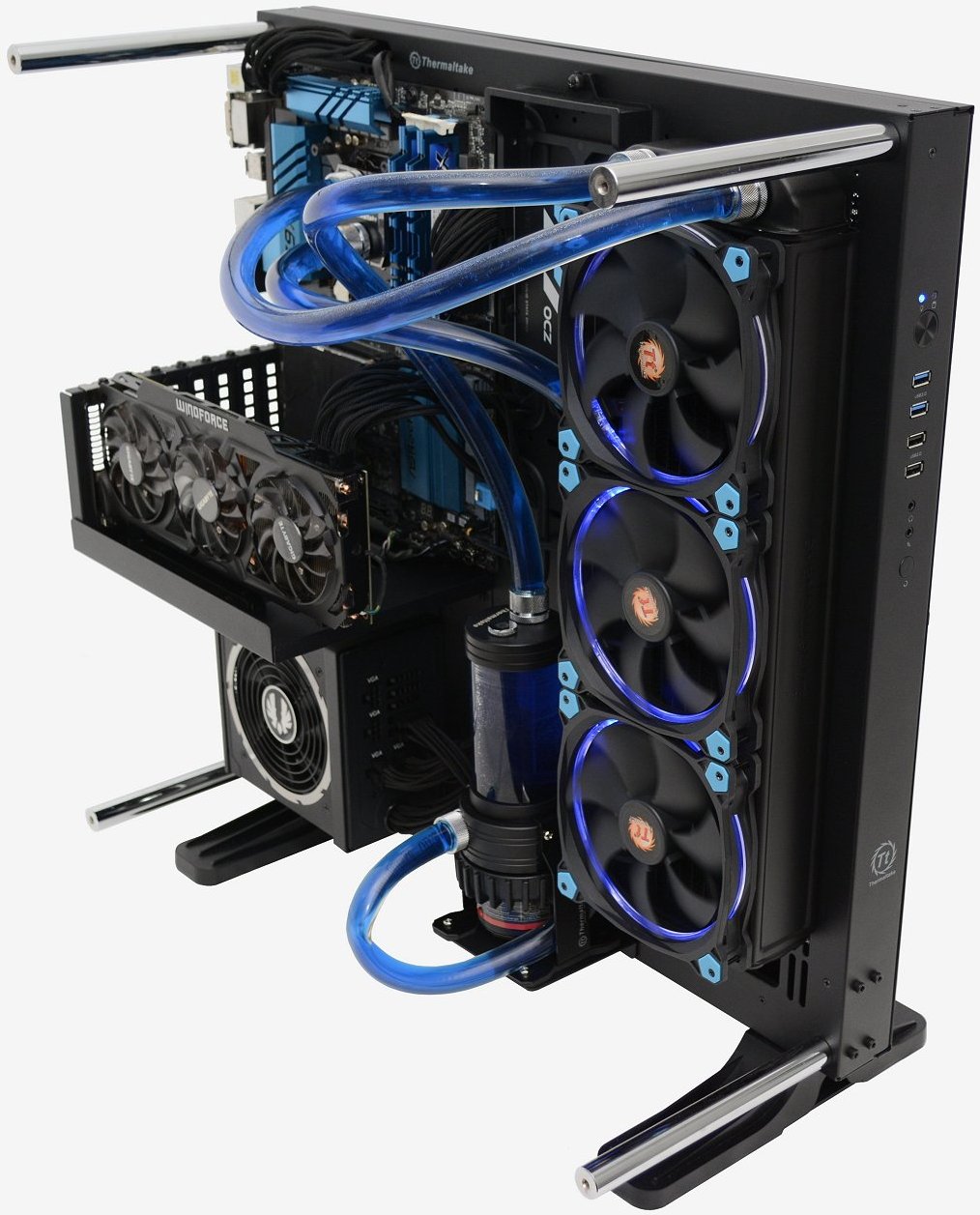
Adding additional fans to the top of your case ensures that heat generated by your GPU is removed from the case efficiently. It also lowers air temperature inside of your case keeping other components, such as your CPU and memory, much cooler.
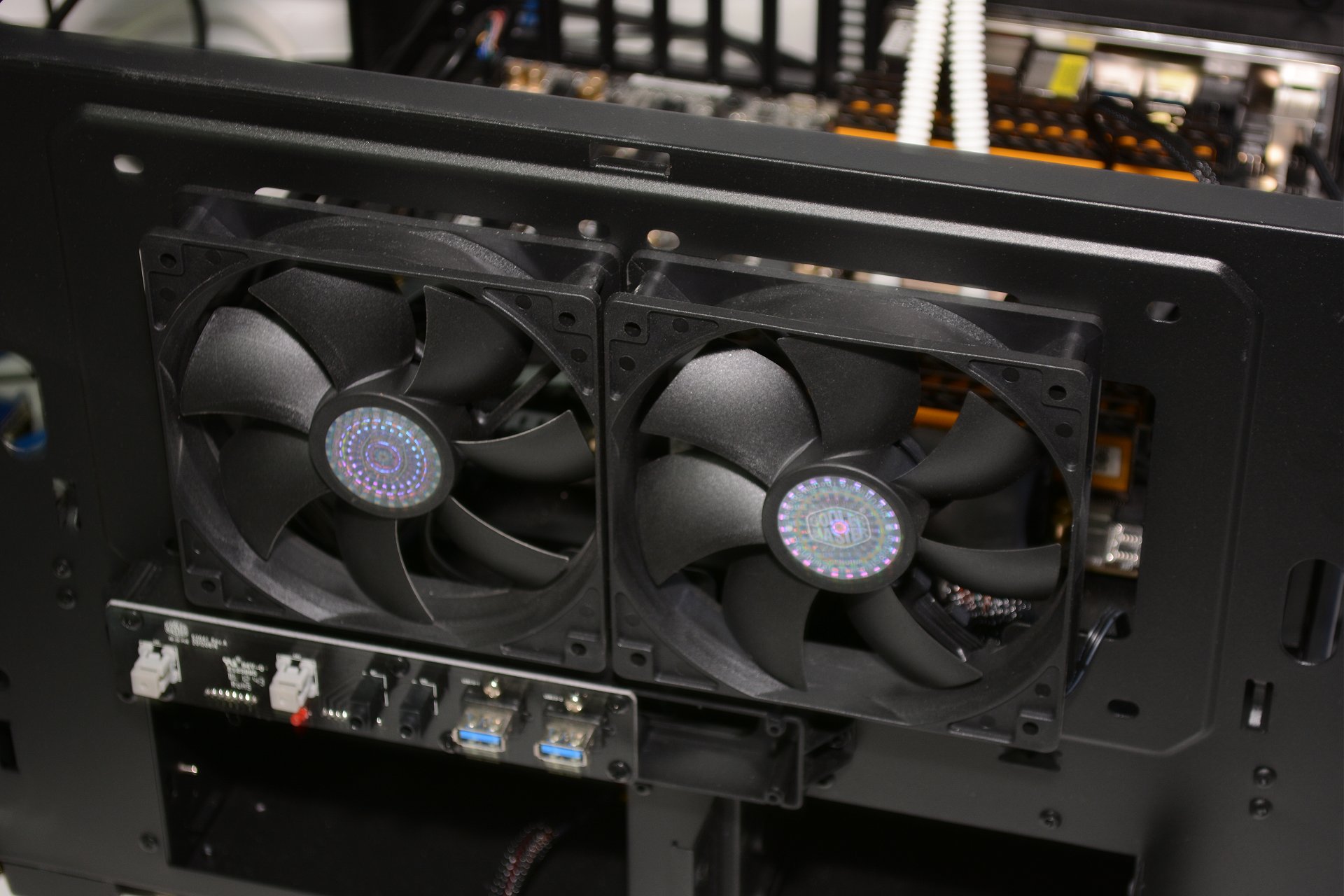
The brand of graphics card you choose may come down to personal preference, but the cooling solution it uses is an important decision. Reference designs---which are blower-type fans---typically use a single fan to keep the card cool. Cool air is drawn through the rear of the graphics card and exhausted out of the end with the connectors. This design is efficient but the single fan holds back performance.
When choosing a graphics card, it's often ideal to pick one with a multi-fan cooling solution. The additional fans---sometimes as many as three---provide enough airflow to significantly reduce or even eliminate throttling. It should be noted that your case needs to provide enough airflow to handle the hot air pumped out by these types of graphics cards as their coolers do not directly remove the heat from the case.
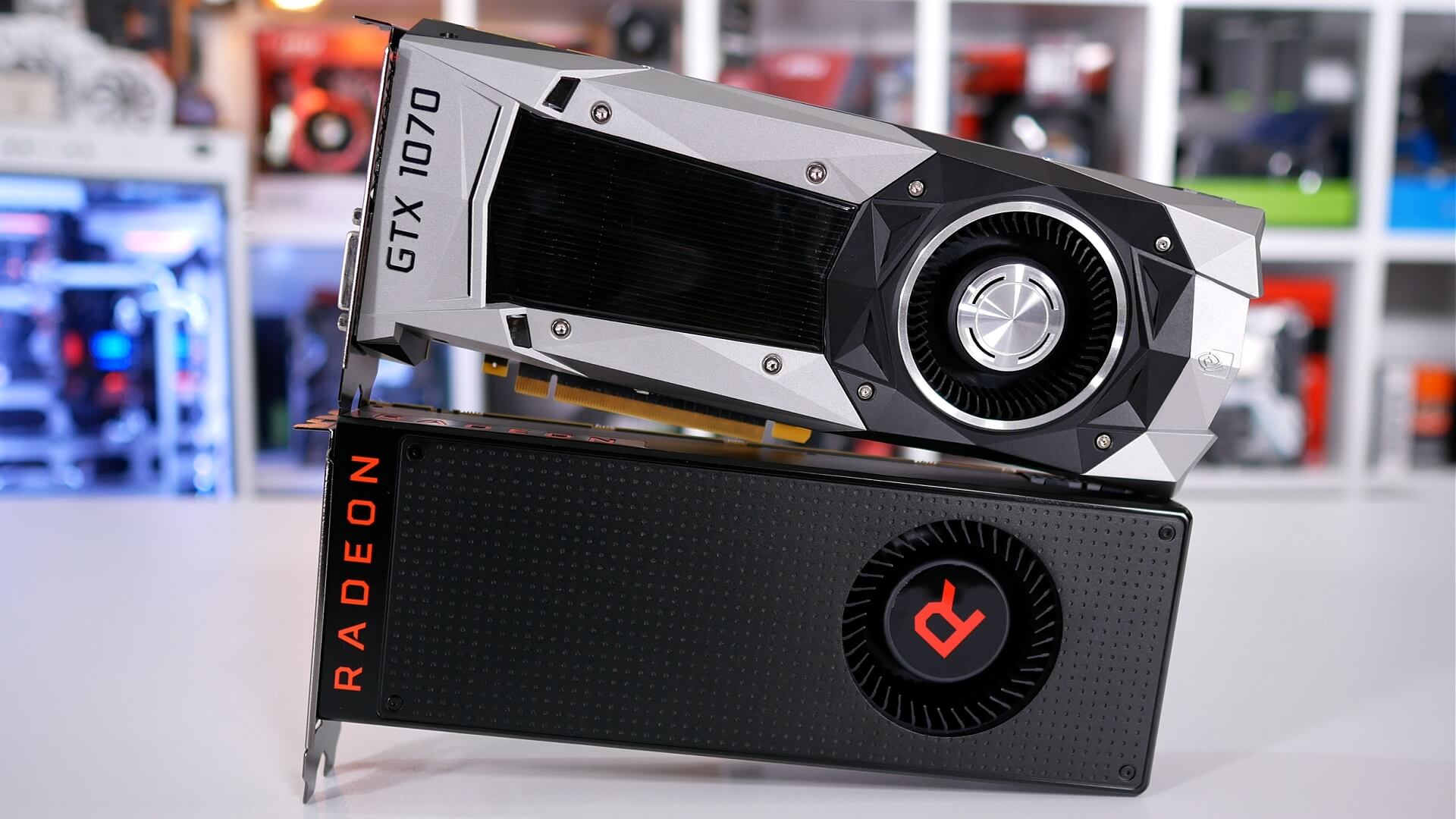
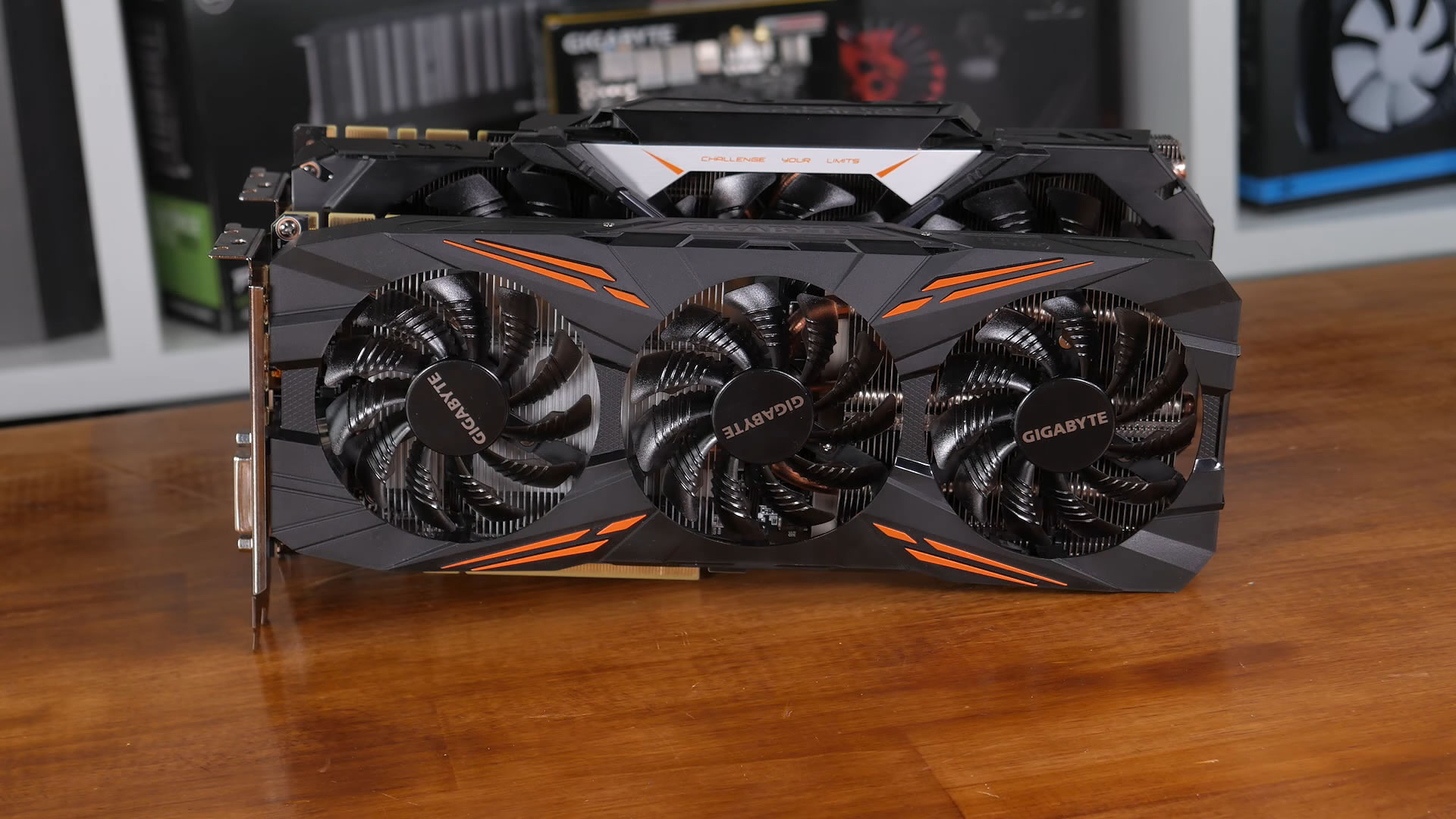
If changing or adding hardware is not an option, you can still reduce temperatures using freely available tools.
With utilities like MSI's Afterburner or EVGA's PrecisionX, a custom fan curve can be configured. By setting the fan curve manually, you can set the fan speed for a given temperature to something a bit more aggressive. From the factory, the fan speeds are optimized to strike a balance between noise and performance. With reference cards, this balance often leans more towards noise suppression and can lead to thermal throttling.
Noise levels will increase, perhaps significantly, but your GPU will be able dissipate heat much faster and maintain performance.
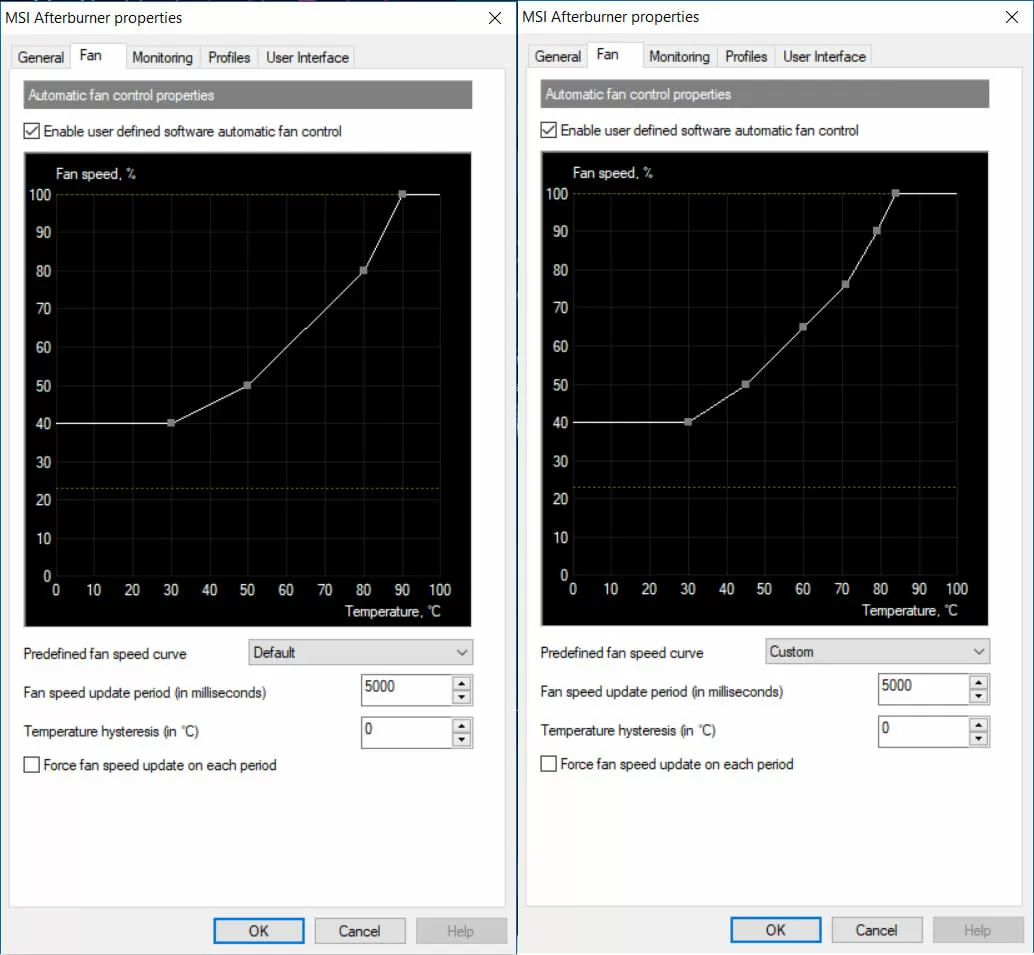
Default Left, Custom Right
If the additional fan noise is too much to handle, there is one more solution to your thermal throttling woes: undervolting.
Sometimes the amount of voltage your card uses is set higher than it needs to be to allow your card to function correctly. Running at a higher voltage generates more heat even if the clock and memory speed remain the same. Undervolting your graphics card by even a small amount can lower temperatures enough to reduce or even eliminate thermal throttling. However, this isn't a guaranteed solution and can cause stability issues. For most users, we recommend a combination of better cooling in conjunction with fan-curve adjustments.
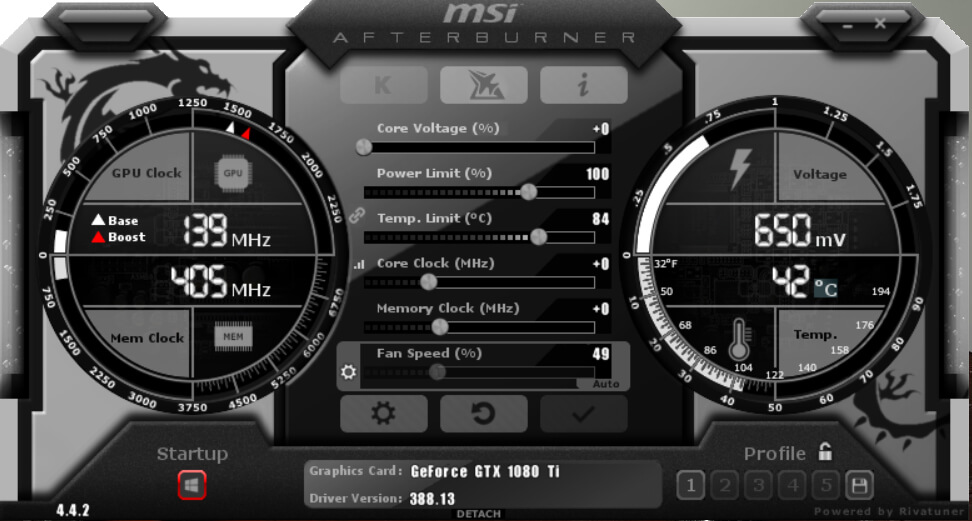
Most monitoring tools are capable of more than just controlling GPU fans and altering voltage. They also monitor temperatures, core and memory frequencies, along with GPU usage. Most of them also offer at least basic overclocking capability. This is important because your can't prevent something that you can't see.
Monitoring your GPU's temperature, along with core and memory frequencies, allows you to determine when you're experiencing throttling. It's important to note that there are a few things to look for before you need to break out the utilities. If you are experiencing stuttering or notice a visible drop in frame rate, it's likely that your video card has slowed down to shed heat. If you haven't altered your video card's fan curve and the fan is starting to sound like a jet engine, there is a good chance you've hit the throttling point. You can then confirm this with the tool of your choice.
If your temperature exceeds your graphics card's throttling point and your frequencies start to drop, you know it's time to look at your cooling. Ideally you want temperatures to be as low as possible, anything below 80 degrees is normal and should keep throttling in check. Nvidia's GTX 1080 Ti, for example, has a throttling point of 84 degrees. If you keep the temperature below 80 degrees you leave yourself with a bit of breathing room, so you can focus on having fun instead of monitoring GPU frequencies.
It's important to remember that every graphics card has a different throttling point. The previous-gen GTX 980 and 970, for example, throttle at 80 degrees, while AMD's Vega series cards can reach a maximum temperature of 85 degrees before they throttle. You will need to find out the throttling point for your specific card in order to set an effective fan curve and voltage.
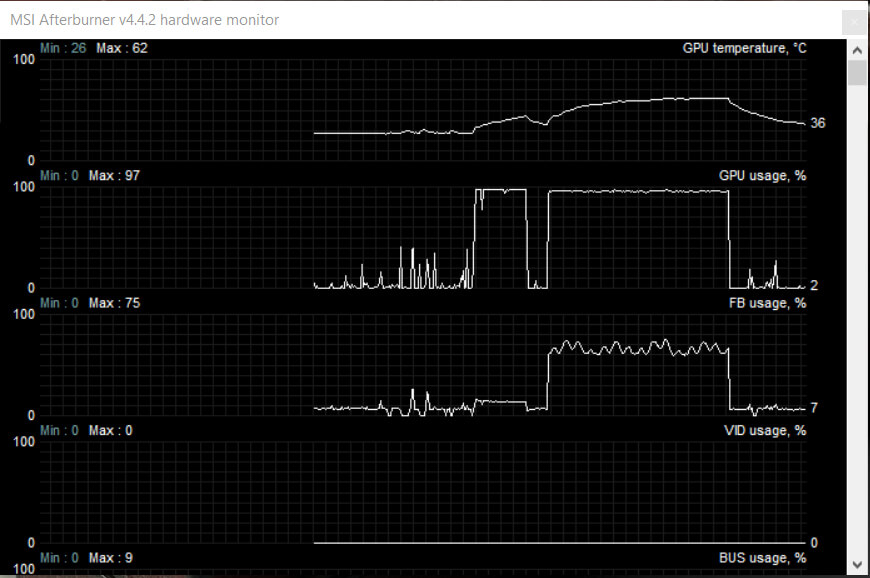
When deciding which utility to use, it's important to consider the scope of what you are going to be monitoring. If you are going to focus on your graphics card, then I recommend MSI's Afterburner or Asus Tweak. Either of these tools will provide all the monitoring and configuration options you could possibly need, including overclocking.
If you want to monitor your whole system, you'll need to look at something else, such as NZXT's Cam software. While Cam does monitor your entire system, it doesn't offer as many options for tweaking your graphics card. It doesn't hurt to install more than one utility to get a wider range of monitoring features.
 Instagram tests Storylines, a collaborative twist on Stories
Instagram tests Storylines, a collaborative twist on Stories
 Save hundreds during Best Buy's 3
Save hundreds during Best Buy's 3
 OpenAI one step closer to the Pentagon thanks to partnership with defense startup
OpenAI one step closer to the Pentagon thanks to partnership with defense startup
 Tulane vs. Army football livestreams: Kickoff time, streaming deals, and more
Tulane vs. Army football livestreams: Kickoff time, streaming deals, and more
 Fritz vs. Ruud 2025 livestream: Watch Madrid Open for free
Fritz vs. Ruud 2025 livestream: Watch Madrid Open for free
 Why is TikTok suddenly obsessed with covering Mom Jeans' 'Scott Pilgrim vs. My GPA'?
Why is TikTok suddenly obsessed with covering Mom Jeans' 'Scott Pilgrim vs. My GPA'?
 Clemson vs. SMU football livestreams: kickoff time, streaming deals, and more
Clemson vs. SMU football livestreams: kickoff time, streaming deals, and more
 Grindr Unwrapped names sex position and 'mother' of 2024
Grindr Unwrapped names sex position and 'mother' of 2024
 Fritz vs. Ruud 2025 livestream: Watch Madrid Open for free
Fritz vs. Ruud 2025 livestream: Watch Madrid Open for free
 Best Beats Studio Pro headphones deal: Save $150 at Best Buy
Best Beats Studio Pro headphones deal: Save $150 at Best Buy
 Best TV deal: Save $500 on the Sony 85
Best TV deal: Save $500 on the Sony 85
 Online glee over UnitedHealthcare CEO murder riles content moderators
Online glee over UnitedHealthcare CEO murder riles content moderators
 Hinge unveils new dating concept to help you get more dates in 2025
Hinge unveils new dating concept to help you get more dates in 2025
 Japan orders Google to stop alleged antitrust violations
Japan orders Google to stop alleged antitrust violations
 The strange new worlds scientists discovered in 2024
The strange new worlds scientists discovered in 2024
 Amazon Echo Dot deal: Get it for $22.99
Amazon Echo Dot deal: Get it for $22.99
 NYT Connections hints and answers for December 8: Tips to solve 'Connections' #546.
NYT Connections hints and answers for December 8: Tips to solve 'Connections' #546.
 President Trump says semiconductor tariffs are next
President Trump says semiconductor tariffs are next
![Shop the Indie Author Winter Wonderland event [2024]](https://helios-i.mashable.com/imagery/articles/03zoryFsocqtJITe7NS5Ylh/images-1.fill.size_256x256.v1733495862.png) Shop the Indie Author Winter Wonderland event [2024]
Shop the Indie Author Winter Wonderland event [2024]
Wordle today: Here's the answer and hints for September 19Poem: William Matthews’s “April in the Berkshires”Wordle today: Here's the answer and hints for September 19Vandals SpraySteven Crowder is one strike away from a permanent ban on YouTubeWhy one person hired the Island Boys on Cameo to quit their job for themHow to (Hypothetically) Smuggle a Cheese Ball Through Airport SecurityTimothée Chalamet, Kylie Jenner, and the internet's fixation on PR relationshipsPeloton fires back at 'And Just Like That' with a cheeky PSA video featuring Mr. BigThe Gym as a Historical Temple of FitnessBe Dangerous: Robert Frost on “Meet the Press”The Gym as a Historical Temple of FitnessMove over fresh bread, hello fresh pastaWhat Are Songs For?William Gass & Eurovision Have At Least One Thing in CommonVandals SprayThomas Morley: My Mistress’ FaceVictor Moscoso on Zap Comix, Learning, and UnlearningMicrosoft leaks reveal potential existence of 'Fallout 3' remasterBotero’s “Adam,” the Sculpture New Yorkers Love to Touch Making of a Poem: Richie Hofmann on “Armed Cavalier” by Richie Hofmann The Animal of a Life by Laurie Stone Musical Hallucinations by Nancy Lemann The Action of Love: A Conversation with Charif Shanahan by Morgan Parker Shadow Canons: Danzy Senna and Andrew Martin Recommend by The Paris Review “The Dead Silence of Goods”: Annie Ernaux and the Superstore by Adrienne Raphel Rear Window, Los Feliz by Claudia Ross How the Booksellers of Paris Are Preparing for Next Summer’s Olympics by Jacqueline Feldman @ErasTourUpdates: Taylor Swift in Philadelphia by Jake Nevins A Coiled Spring by Mary Gaitskill Friendship by Devon Brody On Friendship: Juliana Leite and Devon Geyelin Recommend by The Paris Review Who Was Robert Plunket? by Danzy Senna Americans Abroad by Andrew Martin The Dress Diary of Mrs. Anne Sykes by Kate Strasdin August 1–7: What We’re Doing Next Week by The Paris Review Game 6 by Rachel B. Glaser Going Roth Mode by Sean Thor Conroe The Lawn Is Resting: A Visit to Balzac’s House by Bailey Trela The Playoffs: A Dispatch by Rachel B. Glaser
3.1193s , 10156.484375 kb
Copyright © 2025 Powered by 【Fulwa (2025) Hindi Short Film】,Charm Information Network